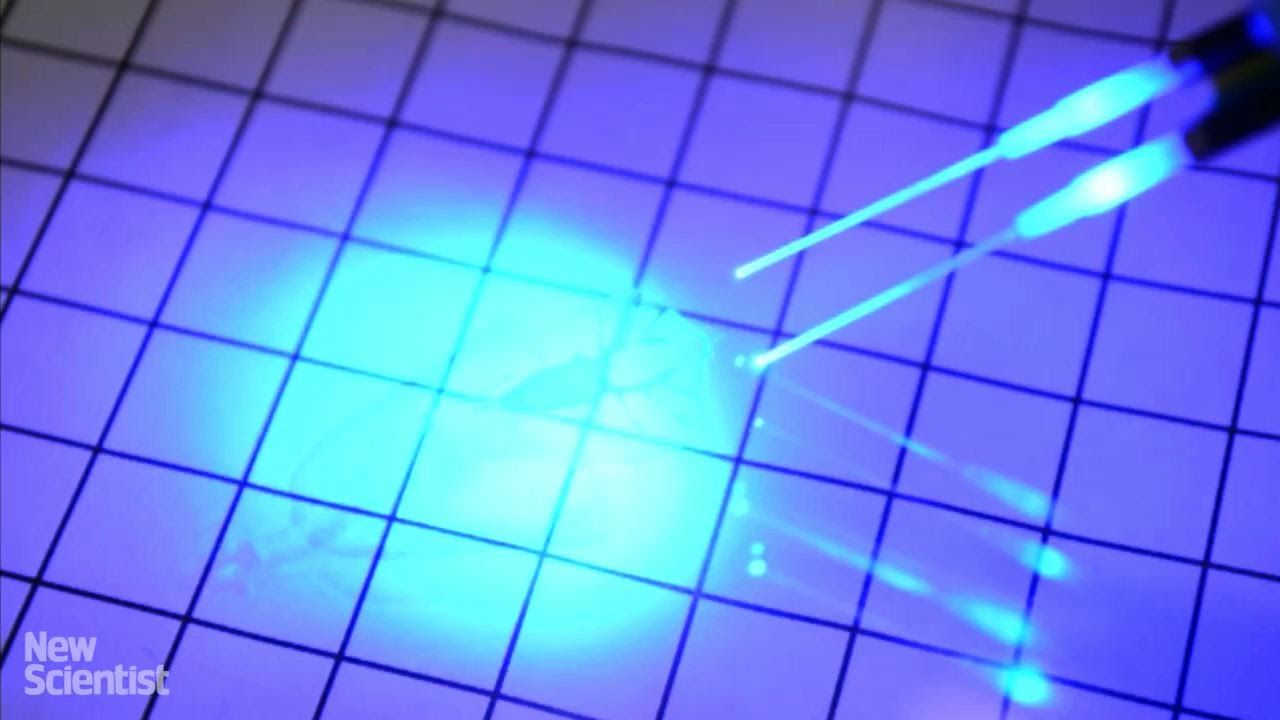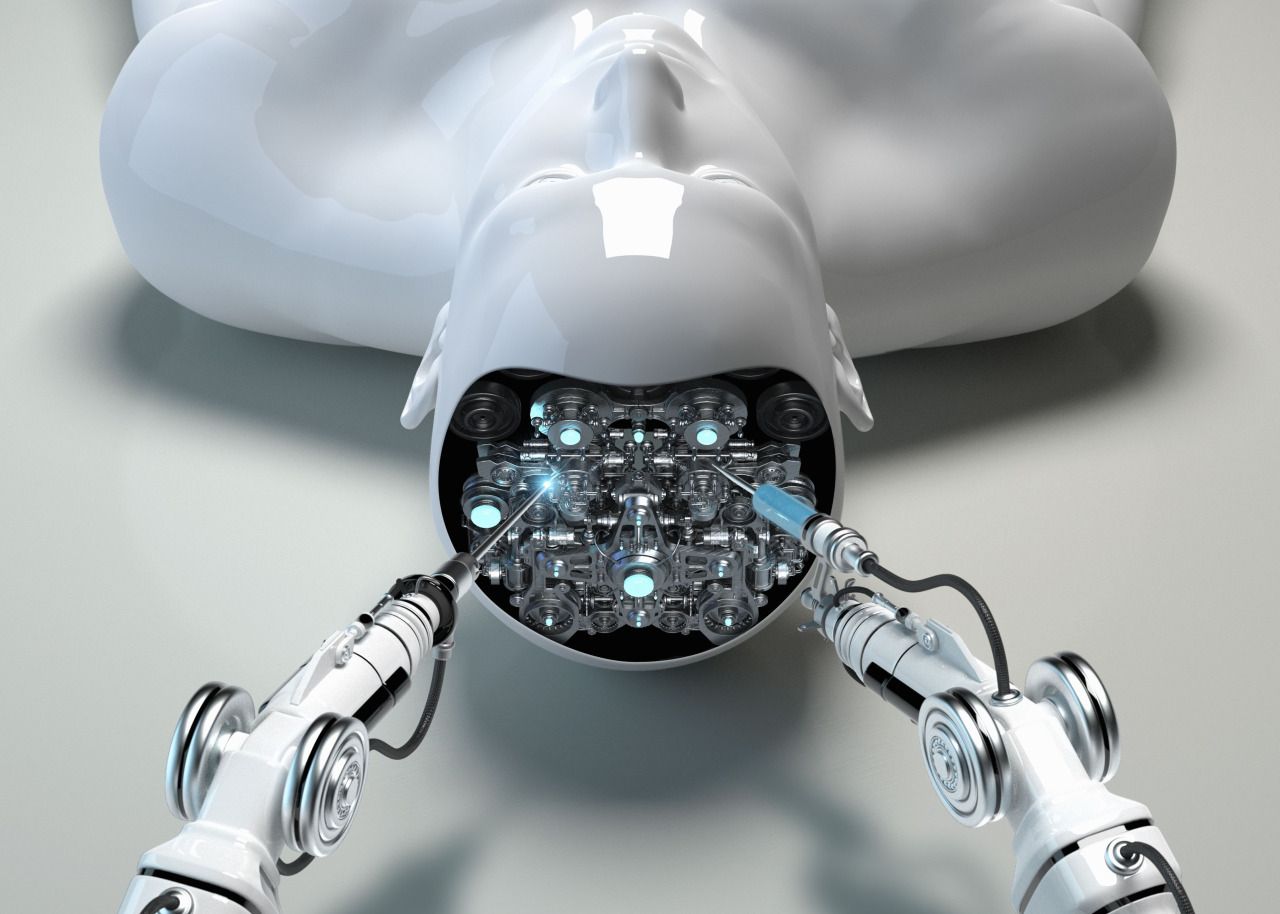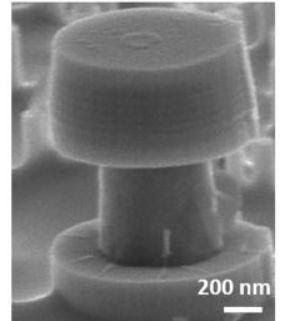Page 11413
Jul 12, 2016
We Might Be Having More Sex With Robots Than Humans By 2050
Posted by Shailesh Prasad in categories: robotics/AI, sex
Jul 12, 2016
Ray Kurzweil’s Nootropic Dietary Supplement Stack
Posted by Shailesh Prasad in categories: biotech/medical, health, neuroscience, Ray Kurzweil, singularity
Ray Kurzweil is a celebrity technologist, well known both for his work as an inventor and for his relatively accurate predictions of technological change. Among his predictions is that of an imminent biotech revolution, which may enable people to restore and maintain healthy life for much longer periods of time than those humans have enjoyed historically. In the meantime, Ray says he takes 250 dietary supplements each day, in addition to receiving half a dozen intravenous therapies each week.
“Although my program may seem extreme, it is actually conservative – and optimal (based on my current knowledge). [My doctor] and I have extensively researched each of the several hundred therapies that I use for safety and efficacy. I stay away from ideas that are unproven or appear to be risky (the use of human-growth hormone, for example).” – Ray Kurzweil in The Singularity Is Near (pages 211–212)
Some of Ray’s dietary supplements are nootropics, intended to maintain and improve brain health. He lists them in his book, Transcend (pages 15 and 22). I’ve compared the nootropics he recommends to reviews on Examine.com, an independent and unbiased encyclopedia on supplementation and nutrition that is not affiliated in any way with any supplement company. Below is a table that summarizes what I found, followed by some observations.
Continue reading “Ray Kurzweil’s Nootropic Dietary Supplement Stack” »
Jul 12, 2016
Video: Scientists Create Artificial Stingray From Rat Cells
Posted by Shailesh Prasad in category: biotech/medical

Scientists have created a synthetic stingray that’s propelled by living muscle cells and controlled by light, a team reports Thursday in the journal Science.
And it should be possible to build an artificial heart using some of the same techniques, the researchers say.
Continue reading “Video: Scientists Create Artificial Stingray From Rat Cells” »
Jul 12, 2016
Blood of world’s oldest woman hints at limits of life
Posted by Montie Adkins in categories: biotech/medical, life extension
This is from 2014 but is getting posted around the past couple of days.
““It’s estimated that we’re born with around 20,000 blood stem cells, and at any one time, around 1000 are simultaneously active to replenish blood,” says Holstege. During life, the number of active stem cells shrinks, she says, and their telomeres shorten to the point at which they die –”
She lived to 115, but a study of Hendrikje van Andel-Schipper’s blood hints at factors limiting lifespan.
Continue reading “Blood of world’s oldest woman hints at limits of life” »
Jul 11, 2016
How To Become Immortal — By The People Who Think You Can
Posted by Genevieve Klien in categories: biotech/medical, life extension
Amazing!! More time to learn, evolve, love, & explore the world…
A sprawling facility called Timeship in Texas will host 50,000 frozen dead people with one goal — to become the human race’s first immortals.
Activist Saul Kent — one of the minds behind it — is such a passionate believer in ‘cryogenics’ that he froze his own mother’s head in 1988 after her death.
Continue reading “How To Become Immortal — By The People Who Think You Can” »
Jul 11, 2016
Micron sized onchip quantum dot lasers will enable faster communication and computing
Posted by Karen Hurst in categories: computing, quantum physics
Micron sized onchip making printing and communication faster.
Researchers designed subwavelength micro-disk lasers (MDLs) as small as 1μm in diameter on exact (001) silicon, using colloidal lithography (dispersing silica colloidal beads as hard masks before etching the prepared QD material layers). Micron sized lasers are 1,000 times shorter in length, and 1 million times smaller than current onchip lasers.
A group of scientists from Hong Kong University of Science and Technology; the University of California, Santa Barbara; Sandia National Laboratories and Harvard University were able to fabricate tiny lasers directly on silicon — a huge breakthrough for the semiconductor industry and well beyond.
Jul 11, 2016
New framework finds a better way to map complex networks
Posted by Karen Hurst in category: military
Nice.
DARPA-funded research finds even obscure patterns that can be applied to better understand anything from military logistics to social media activity to air traffic.
Jul 11, 2016
Germs add ripples to make ‘groovy’ graphene
Posted by Karen Hurst in categories: biotech/medical, computing, engineering, nanotechnology, particle physics
Graphene, a two-dimensional wonder-material composed of a single layer of carbon atoms linked in a hexagonal chicken-wire pattern, has attracted intense interest for its phenomenal ability to conduct electricity. Now University of Illinois at Chicago researchers have used rod-shaped bacteria — precisely aligned in an electric field, then vacuum-shrunk under a graphene sheet — to introduce nanoscale ripples in the material, causing it to conduct electrons differently in perpendicular directions.
The resulting material, sort of a graphene nano-corduroy, can be applied to a silicon chip and may add to graphene’s almost limitless potential in electronics and nanotechnology. The finding is reported in the journal ACS Nano.
“The current across the graphene wrinkles is less than the current along them,” says Vikas Berry, associate professor and interim head of chemical engineering at UIC, who led the research.
Jul 11, 2016
Russia, China Agree On Long-Range, Widebody Airliner Partnership
Posted by Karen Hurst in category: transportation
The program will be managed by a specially formed company to be owned equally by the Chinese and Russian state manufacturers.















